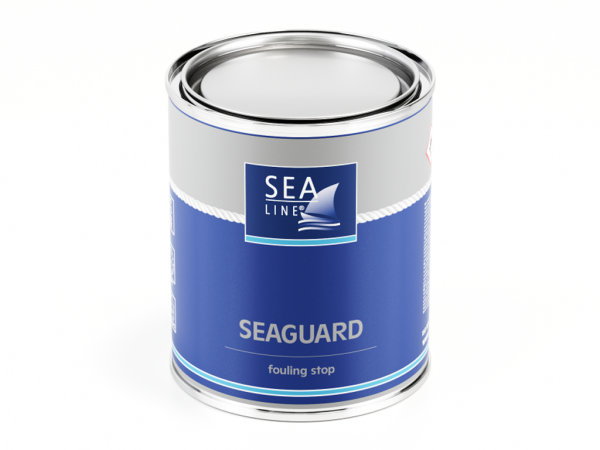
| Type | GRP laminates, wood, Steel, aluminium | |
| Place | Below waterline | |
| Function | Antifouling paint discourages the growth of barnacles, weed, and other water life on the submersed hull of the boat. | |
| Application | brush, roll, spray gun | |
| Thinning * | No | |
| Theoretical coverage For 1l | 9÷10 m2 for 100 μmWFT/ 50 μm DFT | |
| Coats number | 1 – 3 | |
| Time between layers | Min 5 h – max 7 days | |
| Dry to launch: | Min 12 h | |
| Pack | 0,750 l | 2,5 l |
| Color **: white dark blue black | code: 300009843 300009836 300011250 | code: 300009847 300009846 300011251 |
In the case of high temperatures and the need to thin the antifouling paint, a maximum dilution of 0-5% (by volume) is recommended.
Dilution and the application method directly affect the thickness of the antifouling paint layer.
Special attention should be paid to obtaining a specific coating thickness (100 μm DTF), which ensures the effective operation of the antifouling paint.
Exposure of a freshly applied antifouling paint to moist air can lead to color change. The discoloration is only superficial and does not affect the effectiveness of the antifouling paint.
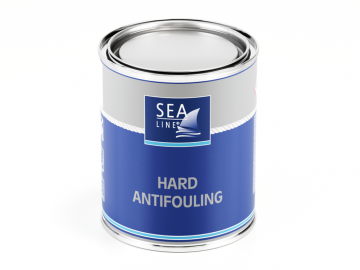
HARD ANTIFOULING paint: Suitable for salty and regular water. Suitable for sailing and motor boats traveling with a maximum speed […]
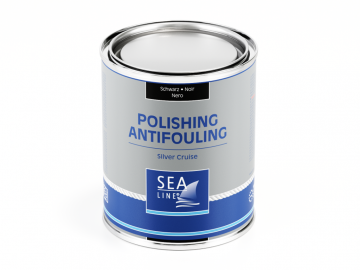
Silver Cruise Polishing Antifouling it’s effectively preventing fouling organism: aquatic plants and animals or slime. Ideal paint for professional and […]
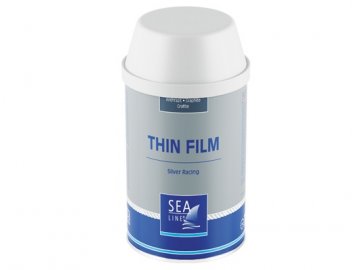
THIN FILM Silver Racing is a hard antifouling paint, effectively preventing fouling organism: aquatic plants and animals or slime. Ideal […]
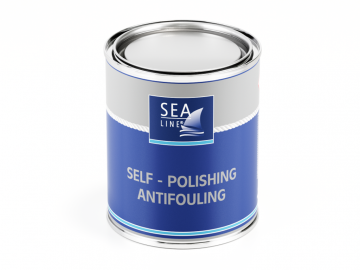
Suitable for salty and regular water. Suitable for sailing and motor boats traveling with a maximum speed 40 knots. For […]
There is a possibility of thinning antifouling, but we do not recommend this procedure due to the risk of reducing the effectiveness of the paint. If it is necessary to thin the antifouling paint, it is recommended to dilute it to a maximum of 0-5% (by volume).
Yes, you can mix Sea-Line polyurethane paints. The only difference are the pigments of polyurethane paints that determine the color of the paint. But remember to keep the right proportions of base, hardener and thinner.

Il patch e compensare le irregolarità derivanti da danni durante la produzione

Barca protezione superficiale contro l’influenza di azioni distruttive di osmosi e la corrosione in ambienti difficili

Protezione contro l’acqua e contro gli effetti negativi delle radiazioni UV

Proteggere la parte inferiore della barca prima-tedesco ricoperta di alghe e conchiglie. La prevenzione dell’azione di acqua.

Rimozione efficace di ritenzione graffi, di aggiornamento e il colore del mantello gel o lacca

Laminazione, incollaggio e tappatura perdite

Per il riempimento di piccole fessure e ubyt gemme in gelcoat

Una gamma di prodotti utili quando si lavora costruttore di barche